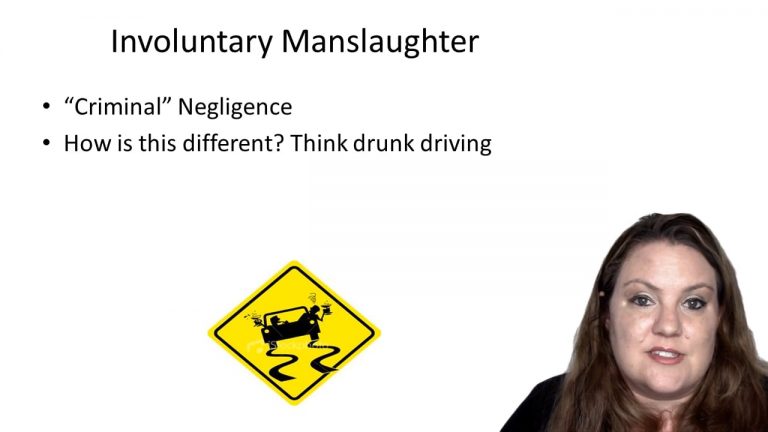SmartBrief
Confirm favorite deletion?
Criminal Law Keyed to Kennedy
Jones v. United States
Citation:
308 F.2d 307 (1962)
ProfessorScott Caron
CaseCast™ – "What you need to know"
Facts
The defendant lived with Shirley Green. Shirley Green had a child, Anthony Lee, on October 21, 1959. Soon after birth, Anthony Lee developed a mild jaundice condition. The jaundice resulted in his retention in the hospital for three days beyond the usual time.
In March, 1960, the defendant called a Dr. Turner to her home to treat Anthony Lee for a bronchial condition. She also called the doctor at various times to consult with him concerning Anthony Lee’s diet and health. In early July, 1960, she took Anthony Lee to Dr. Turner’s office, where he told her to take the baby to the hospital. This was not done.
On August 2, 1960, two collectors for the local gas company had occasion to go to the basement of the defendant’s home, and saw the defendant’s other child in a ‘crib’ consisting of a framework of wood, covered with a fine wire screening, including the top which was hinged. The ‘crib’ was lined with newspaper, which was stained, apparently with feces, and crawling with roaches. Anthony Lee was lying in a bassinet and was described as having the appearance of a ‘small baby monkey.’ One collector testified to seeing roaches of Anthony Lee.
On August 5, 1960, the collectors returned to the defendant’s home in the company of several police officers and personnel of the Women’s Bureau. The officers took the children to the D. C. General Hospital where Anthony Lee was diagnosed as suffering from severe malnutrition and lesions over large portions of his body, apparently caused by severe diaper rash. Following admission, he was fed repeatedly, apparently with no difficulty, and was described as being very hungry. His death, 34 hours after admission, was attributed without dispute to malnutrition. At birth, Anthony Lee weighed six pounds, fifteen ounces — at death at age ten months, he weighed seven pounds, thirteen ounces. Normal weight at this age would have been approximately 14 pounds.
Shirley Green testified that she was paying the defendant to take care of her children and that she did not live with them. The defendant testified that Shirley Green lived with them and it was her responsibility to care for the children.
The defendant was convicted of involuntary manslaughter. She appealed, arguing that the trial court erred in failing to instruct the jury that it must first find that she was under a legal obligation to a baby in her care before finding her guilty of manslaughter in failing to provide food and necessities.
Only StudyBuddy Pro offers the complete Case Brief Anatomy*
Access the most important case brief elements for optimal case understanding.
*Case Brief Anatomy includes: Brief Prologue, Complete Case Brief, Brief Epilogue
- The Brief Prologue provides necessary case brief introductory information and includes:
Topic:
Identifies the topic of law and where this case fits within your course outline.Parties:
Identifies the cast of characters involved in the case.Procedural Posture & History:
Shares the case history with how lower courts have ruled on the matter.Case Key Terms, Acts, Doctrines, etc.:
A case specific Legal Term Dictionary.Case Doctrines, Acts, Statutes, Amendments and Treatises:
Identifies and Defines Legal Authority used in this case.
- The Case Brief is the complete case summarized and authored in the traditional Law School I.R.A.C. format. The Pro case brief includes:
Brief Facts:
A Synopsis of the Facts of the case.Rule of Law:
Identifies the Legal Principle the Court used in deciding the case.Facts:
What are the factual circumstances that gave rise to the civil or criminal case? What is the relationship of the Parties that are involved in the case.Issue(s):
Lists the Questions of Law that are raised by the Facts of the case.Holding:
Shares the Court's answer to the legal questions raised in the issue.Concurring / Dissenting Opinions:
Includes valuable concurring or dissenting opinions and their key points.Reasoning and Analysis:
Identifies the chain of argument(s) which led the judges to rule as they did.
- The Brief Prologue closes the case brief with important forward-looking discussion and includes:
Policy:
Identifies the Policy if any that has been established by the case.Court Direction:
Shares where the Court went from here for this case.
Topic Resources
Topic Refresher Course

 13m 29s
13m 29s